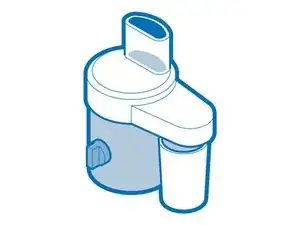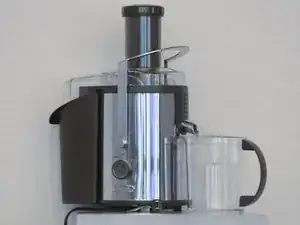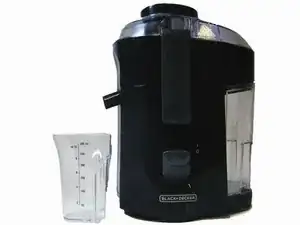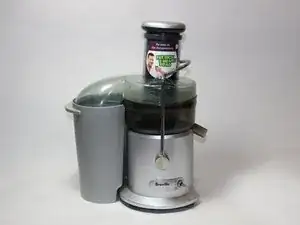Background and Identification
A juicer or juice extractor is a tool used to extract juice from fruits, vegetables, herbs, and leafy greens in a process called juicing. Juicers crush, grind, and squeeze the juice out of the pulp of produce. Twin-gear and horizontal masticating juicers can also function as food processors and have attachments for crushing spices and herbs, making baby food and nut butter, grinding coffee, making nut milk, and extruding pasta, noodles, or breadsticks.
Types of juicers include reamers, centrifugal juicers, masticating juicers, triturating juicers, juicing presses, and steam juice extractors.
Reamers are used for squeezing juice from citrus such as lemons, limes, and oranges. The juice is made by pressing or grinding a halved citrus along a reamer’s ridged conical center and then discarding the rind. Some reamers are electric and automatically turn the ridged center when the fruit is pressed against it, while others are stationary and require the user to press and turn the fruit by hand.
Centrifugal juicers cut up the fruit or vegetable with a flat cutting blade and spin the produce at high speeds to separate the pulp from the juice.
Masticating juicers are also called cold press juicers and use a single auger to compact and crush produce into small sections before squeezing the produce along a screen. The juice and pulp are expelled through separate outlets.
Triturating juicers (also called twin gear juicers) include twin augers to press and crush produce, producing juice.
A juicing press is a larger scale press that is often used in agricultural production for producing wine and apple juice. Produce is wrapped in a fine mesh cloth and is pressed under about 40 tons of weight.
A steam juice extractor is generally a stovetop pot that generates steam and heats batches of fruits like berries in a perforated pot. The pot is stacked on top of a juice collecting container that collects the pasteurized juice.




